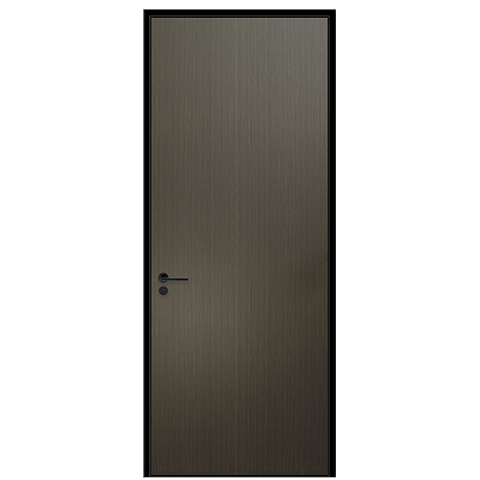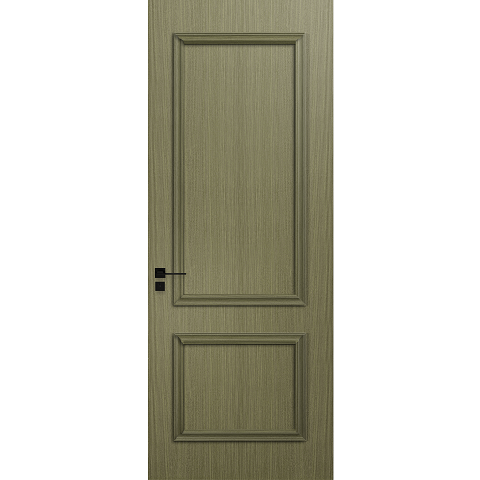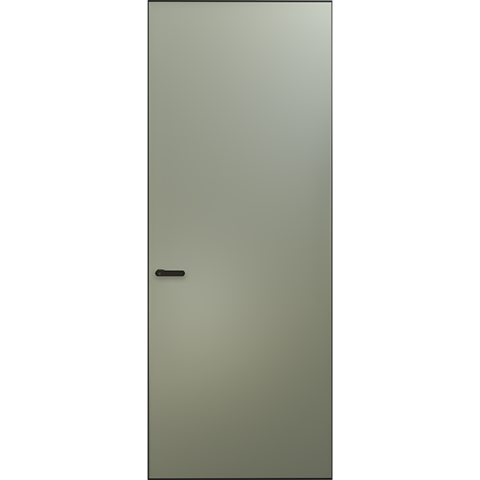Design of watertightness and airtightness of uPVC windows
Design of uPVC windows for watertight performance:
1. The watertight performance of uPVC windows is related to the strength of the uPVC windows rod, the section and material of the rubber strip, the drainage system, the window structure design, etc. The rubber strip has been used EPDM in recent years, which can ensure good elasticity and Anti-aging performance, but the rainwater will still leak into the glass groove sealed by the rubber strip, so the drainage holes and grooves should be milled.
2. When the outward opening window is open, rainwater will flow into the inner cavity from the lock hole of the transmission, causing corrosion of the inner cavity lining steel and corrosion of the friction hinge screws, which will affect the connection strength of the window and the friction hinge. Therefore, the lock hole should be required in the design. After the driver is installed at the place, the gap should be sealed with glue, and the glue quota should be given.
3. The splicing point of combined uPVC windows is also a way of rainwater leakage, especially in the case of heavy rain and typhoon. Therefore, in the design, the installation team should be required to hang glue at the contact with the window frame when splicing on the outdoor side. .
4. The design of the connection node between the window frame and the wall also directly affects the watertight performance of uPVC windows. The correct method should be to fill the gap with one-component foam rubber, and the wall glue should use one-component neutral silicone sealant.
5. In the design of the arc fixed window, it is difficult to match the arc of the curved glass with the arc of the frame. In special cases, it should be considered to be designed to be sealed with glue on the outside.
6. When the window frame and the frame are spliced up and down, the splicing screws should be connected from the bottom to the top in the design to avoid the nail head on the upper side, rainwater or dew intrusion into the lining steel cavity, resulting in corrosion of the lining steel.
uPVC windows airtight performance design:
1. The airtight performance of uPVC windows is related to the strength of the uPVC windows rod, the sealing effect of the rubber strip, the gap of the rod connection, the distance between the locking points, the hardware assembly and the processing accuracy. Due to the cold winter, air tightness is particularly important in Northern Engineering.
2. Due to the poor strength and rigidity of the profile itself, uPVC windows are easily deformed, resulting in serious air leakage. The solution is to increase the number of locking points. In our general design, when the height and width of the fan exceed 1200mm, we should consider adding locking points, and the spacing between the locking points should not be greater than 600mm.
The hinge side of the casement window can be sealed by adding a hidden hinge, and the hinge side of the inward-opening upper-hung window has a middle lock. It is far away from the upper rocker arm hinge, and the sealing effect cannot be guaranteed, especially for high-rise buildings. Therefore, in future design, the fan height less than 1400mm can choose a 500mm single locking point middle lock, and the fan height greater than 1400mm should be used. Selecting the middle lock with two locking points can ensure a better sealing effect.
Push-pull uPVC windows lock points have little effect on sealing, and a single lock point design can be considered. When designing the window, when the width of the sash exceeds 900mm, a hidden middle lock should be installed horizontally on the sash. Casement windows are generally designed not to exceed 800mm in width, so there is no need to set locking points.
Design of watertightness and airtightness of uPVC windows
Design of uPVC windows for watertight performance:
1. The watertight performance of uPVC windows is related to the strength of the uPVC windows rod, the section and material of the rubber strip, the drainage system, the window structure design, etc. The rubber strip has been used EPDM in recent years, which can ensure good elasticity and Anti-aging performance, but the rainwater will still leak into the glass groove sealed by the rubber strip, so the drainage holes and grooves should be milled.
2. When the outward opening window is open, rainwater will flow into the inner cavity from the lock hole of the transmission, causing corrosion of the inner cavity lining steel and corrosion of the friction hinge screws, which will affect the connection strength of the window and the friction hinge. Therefore, the lock hole should be required in the design. After the driver is installed at the place, the gap should be sealed with glue, and the glue quota should be given.
3. The splicing point of combined uPVC windows is also a way of rainwater leakage, especially in the case of heavy rain and typhoon. Therefore, in the design, the installation team should be required to hang glue at the contact with the window frame when splicing on the outdoor side. .
4. The design of the connection node between the window frame and the wall also directly affects the watertight performance of uPVC windows. The correct method should be to fill the gap with one-component foam rubber, and the wall glue should use one-component neutral silicone sealant.
5. In the design of the arc fixed window, it is difficult to match the arc of the curved glass with the arc of the frame. In special cases, it should be considered to be designed to be sealed with glue on the outside.
6. When the window frame and the frame are spliced up and down, the splicing screws should be connected from the bottom to the top in the design to avoid the nail head on the upper side, rainwater or dew intrusion into the lining steel cavity, resulting in corrosion of the lining steel.
uPVC windows airtight performance design:
1. The airtight performance of uPVC windows is related to the strength of the uPVC windows rod, the sealing effect of the rubber strip, the gap of the rod connection, the distance between the locking points, the hardware assembly and the processing accuracy. Due to the cold winter, air tightness is particularly important in Northern Engineering.
2. Due to the poor strength and rigidity of the profile itself, uPVC windows are easily deformed, resulting in serious air leakage. The solution is to increase the number of locking points. In our general design, when the height and width of the fan exceed 1200mm, we should consider adding locking points, and the spacing between the locking points should not be greater than 600mm.
The hinge side of the casement window can be sealed by adding a hidden hinge, and the hinge side of the inward-opening upper-hung window has a middle lock. It is far away from the upper rocker arm hinge, and the sealing effect cannot be guaranteed, especially for high-rise buildings. Therefore, in future design, the fan height less than 1400mm can choose a 500mm single locking point middle lock, and the fan height greater than 1400mm should be used. Selecting the middle lock with two locking points can ensure a better sealing effect.
Push-pull uPVC windows lock points have little effect on sealing, and a single lock point design can be considered. When designing the window, when the width of the sash exceeds 900mm, a hidden middle lock should be installed horizontally on the sash. Casement windows are generally designed not to exceed 800mm in width, so there is no need to set locking points.
 Hot Recommendation
Hot Recommendation
 Latest Products
Latest Products



